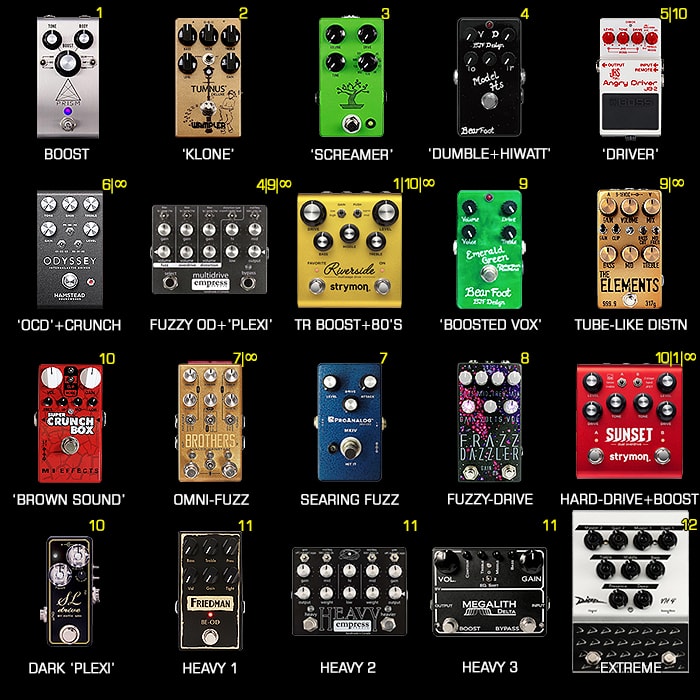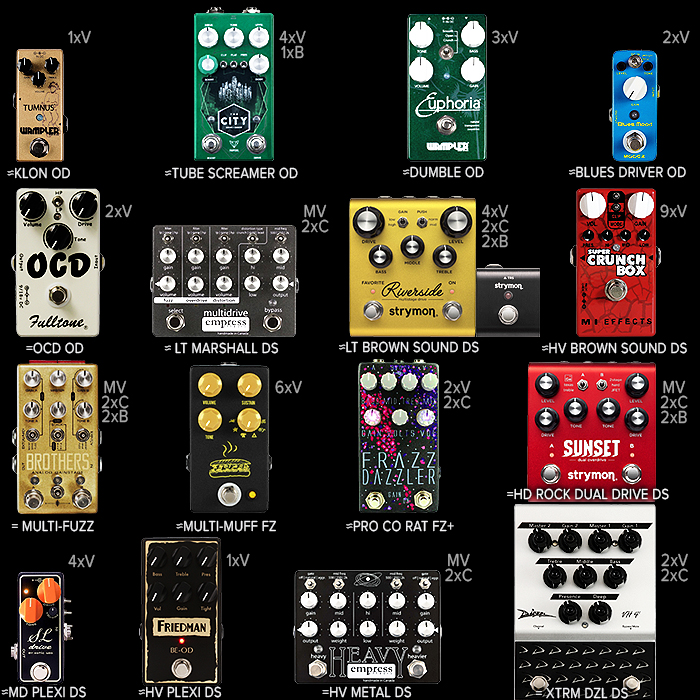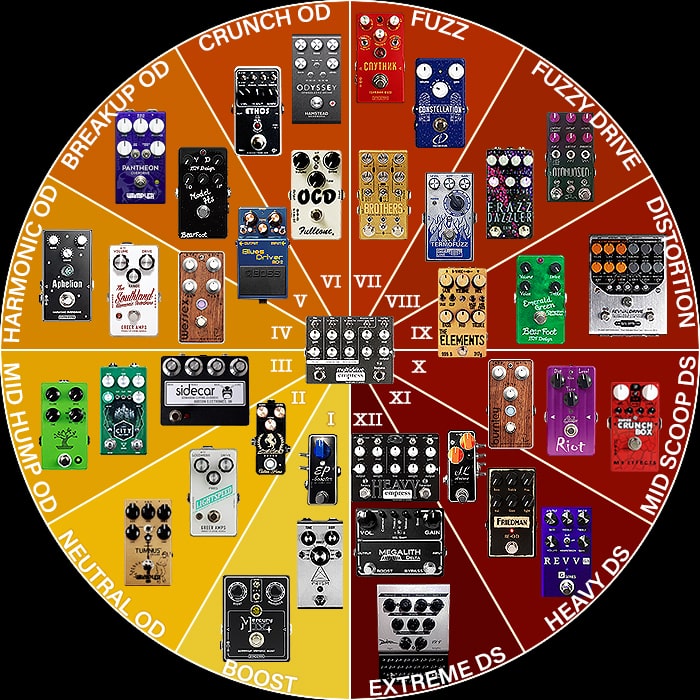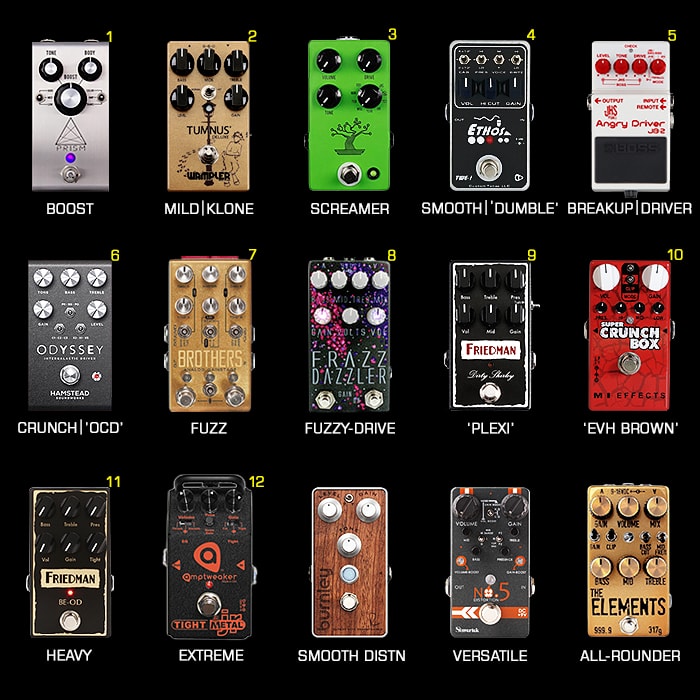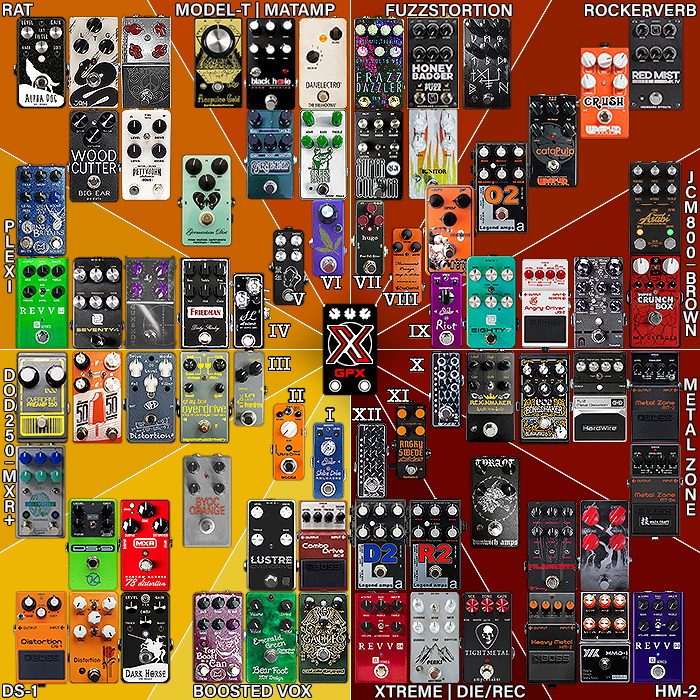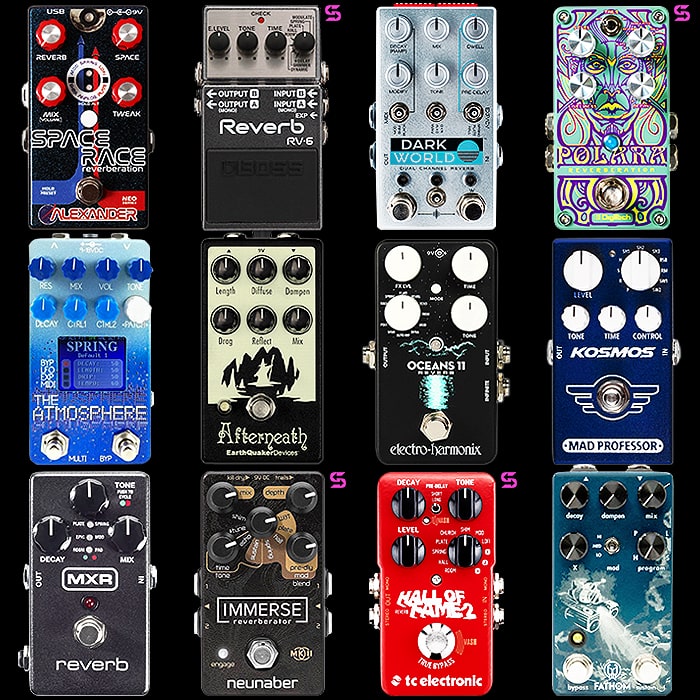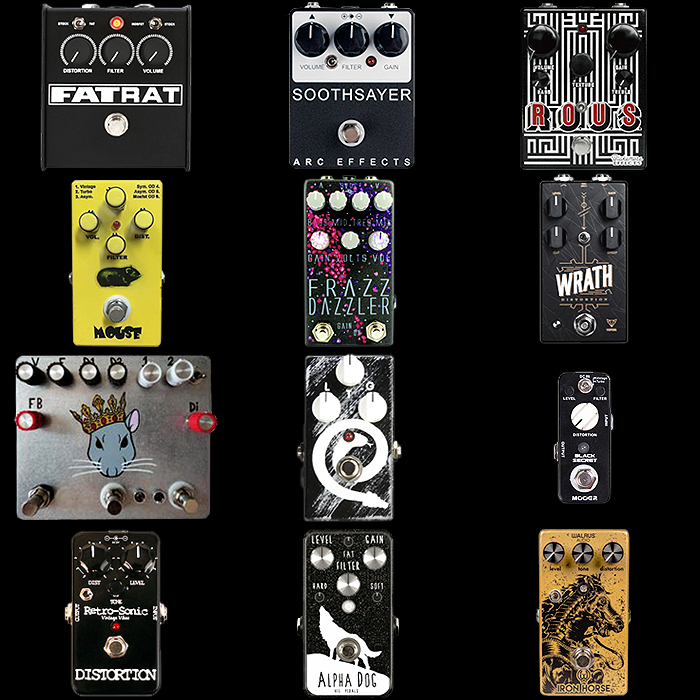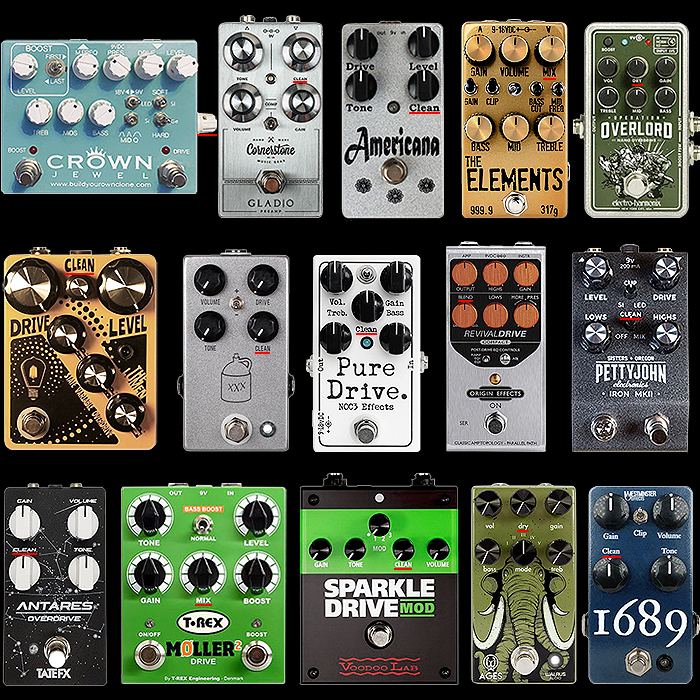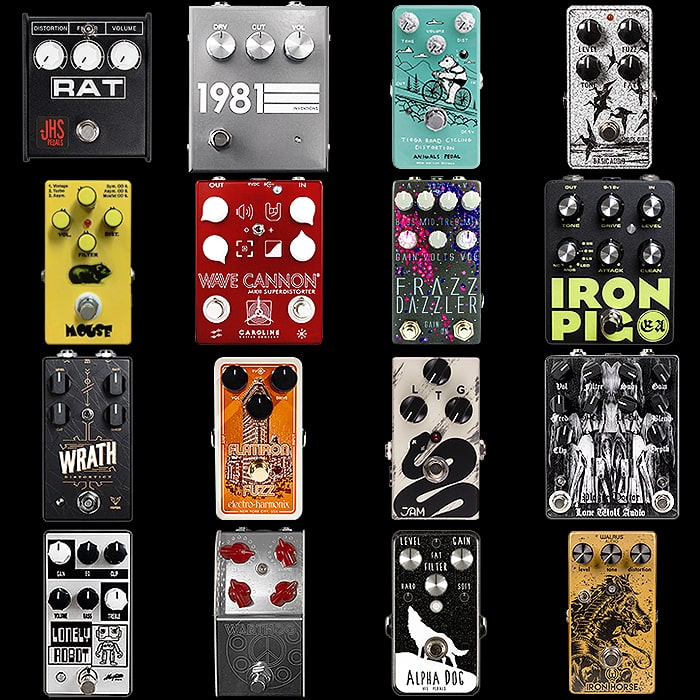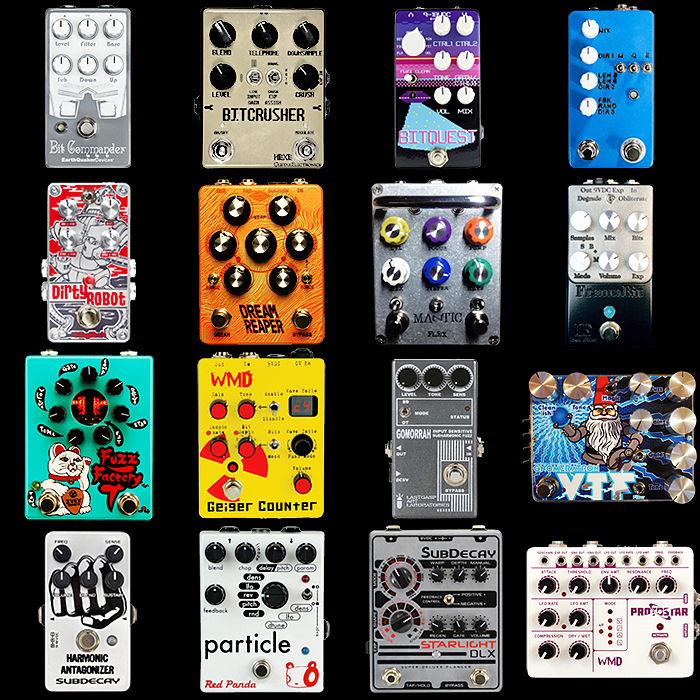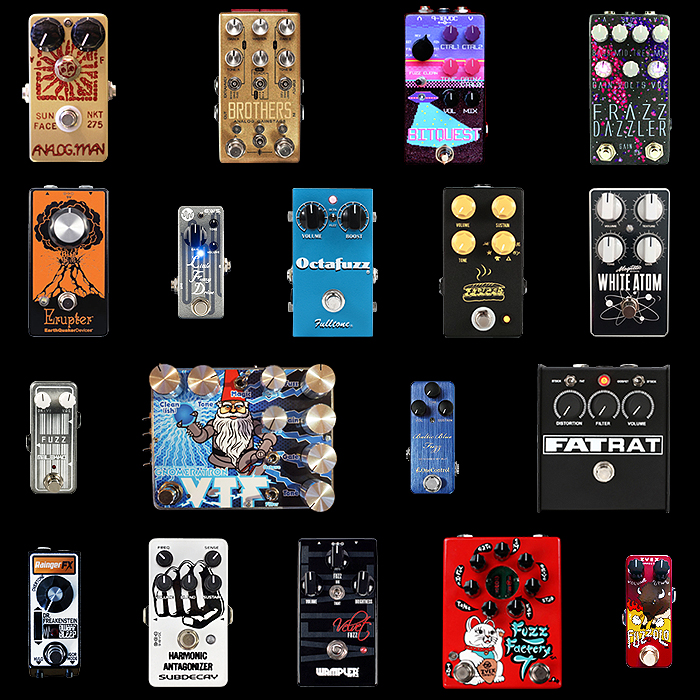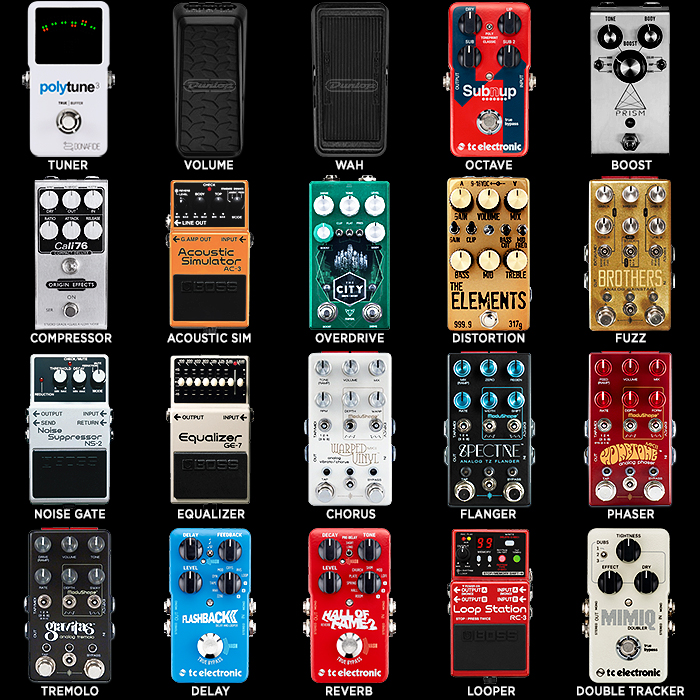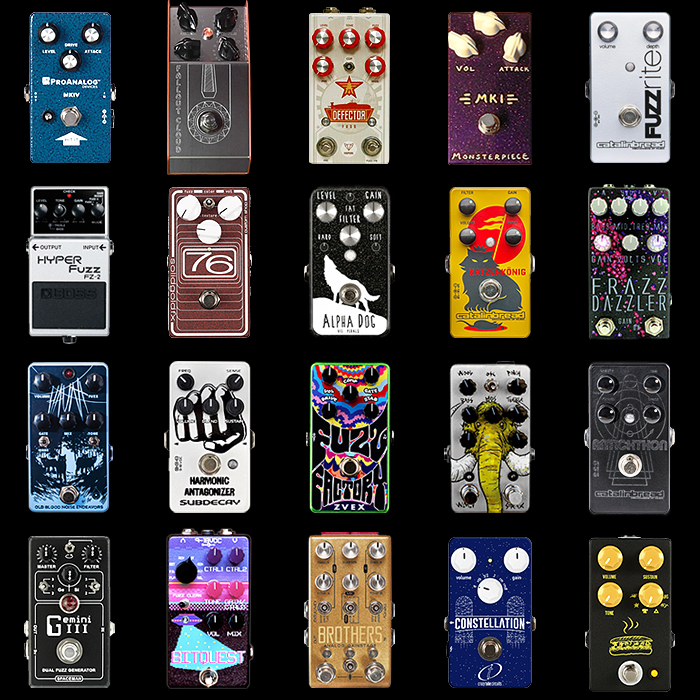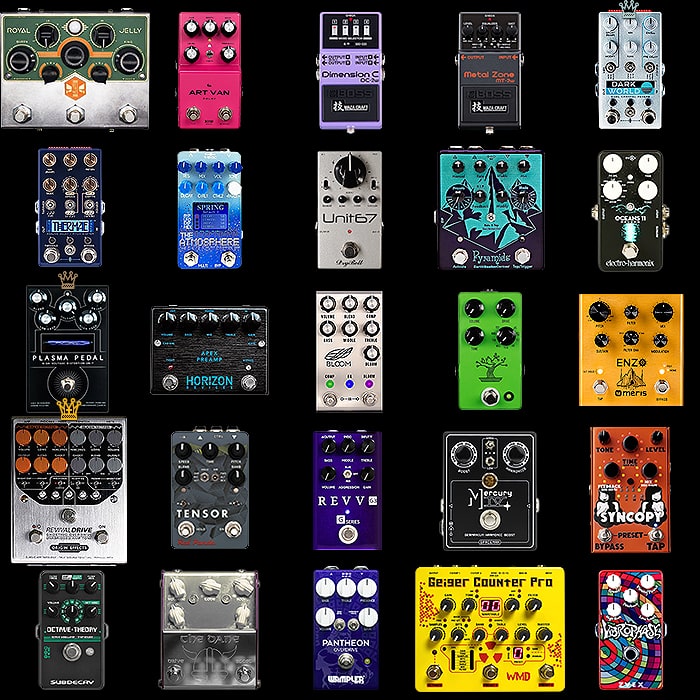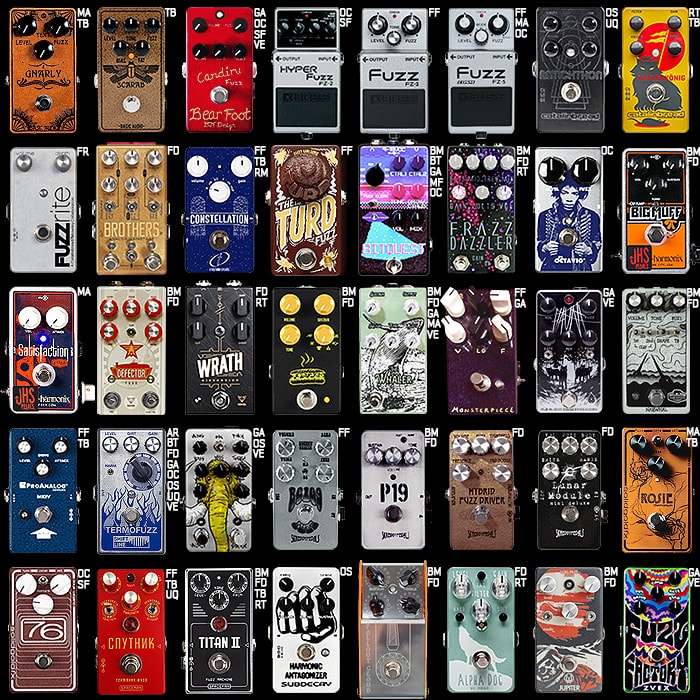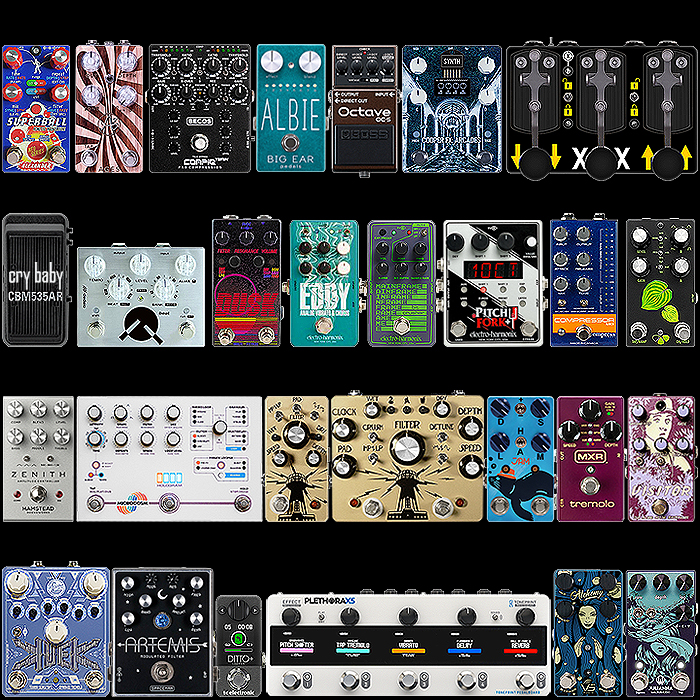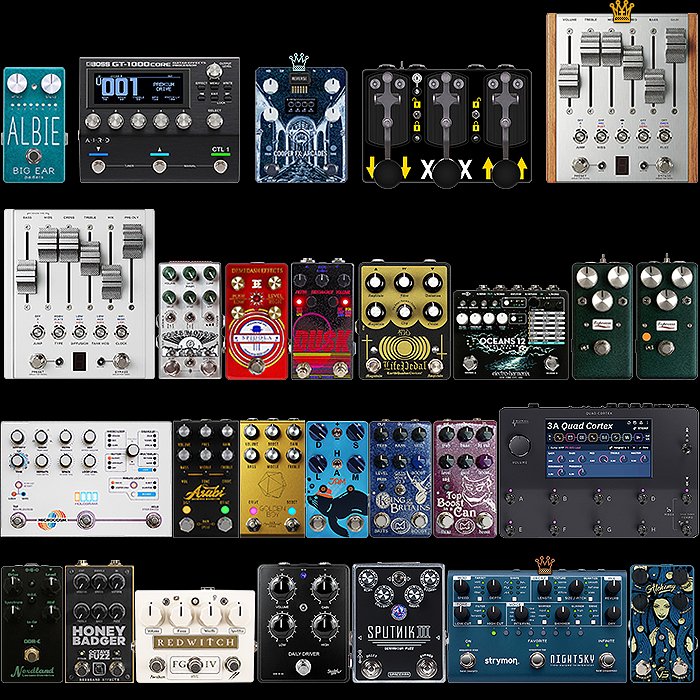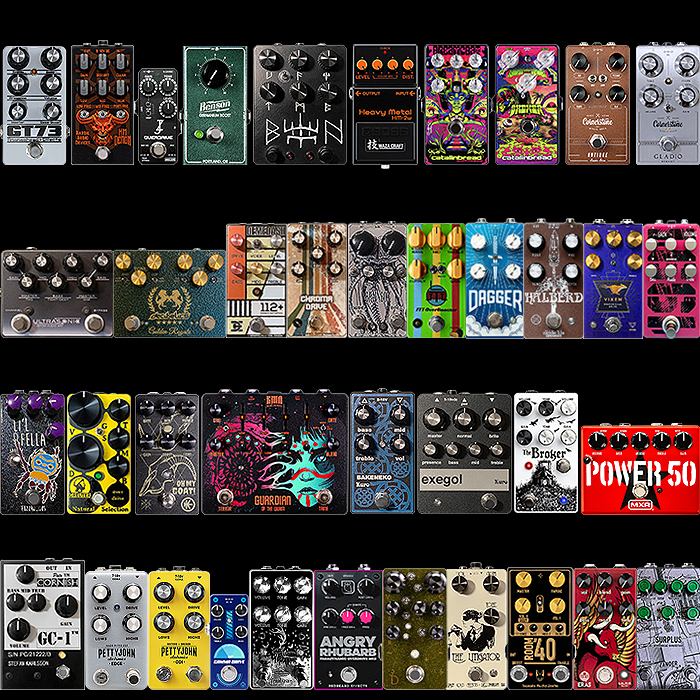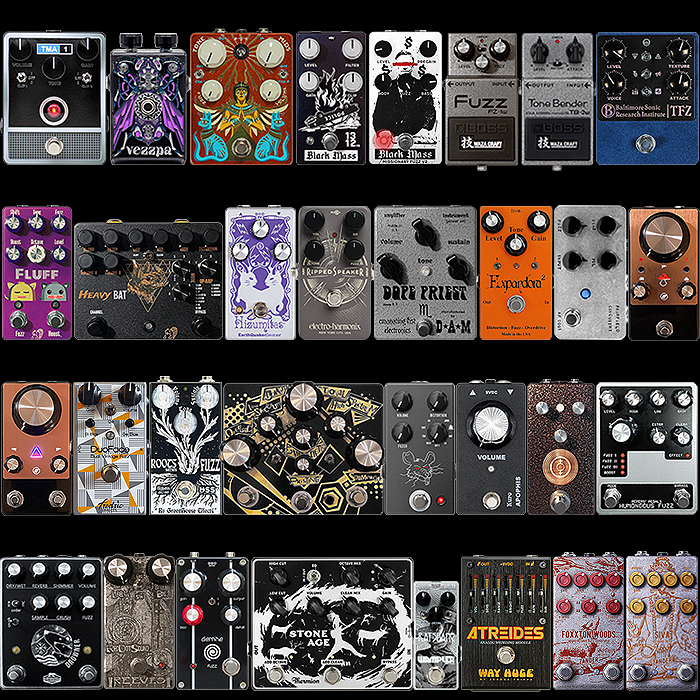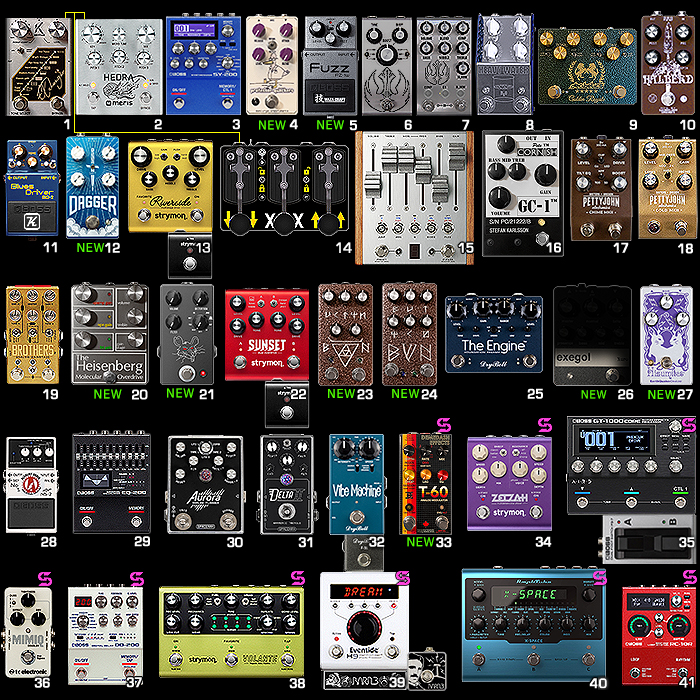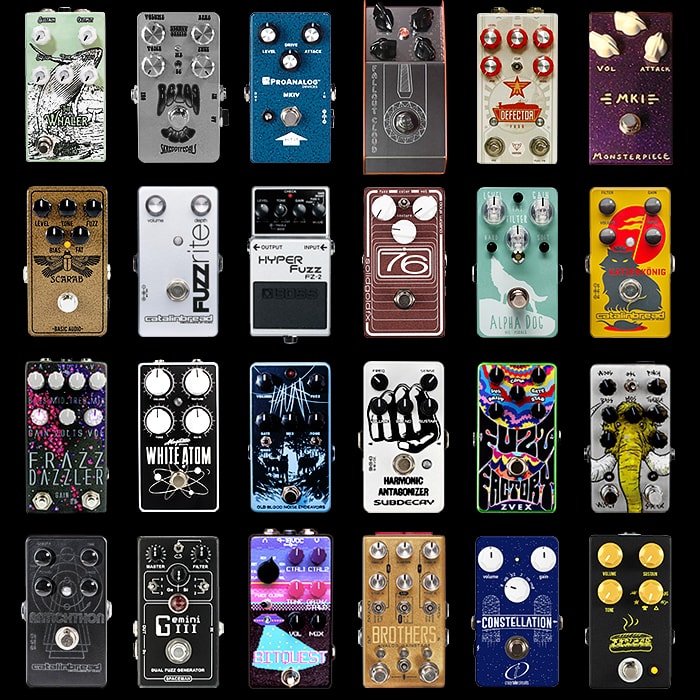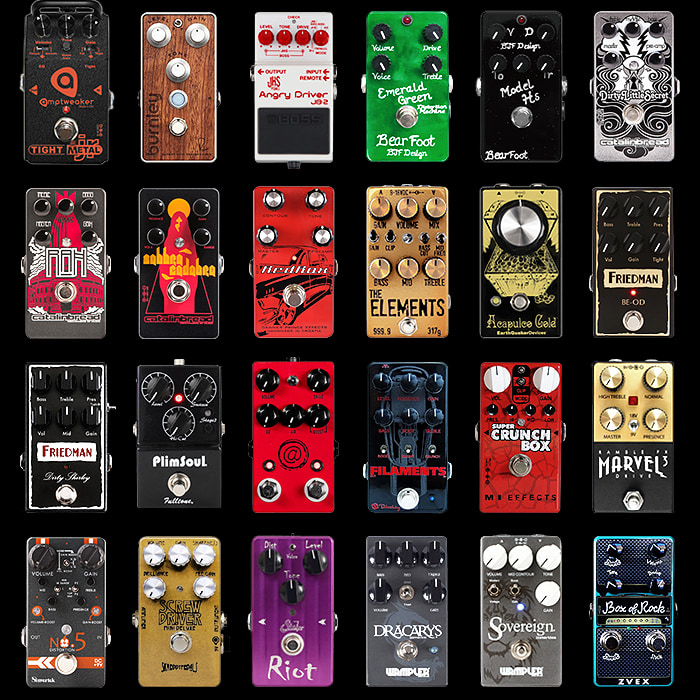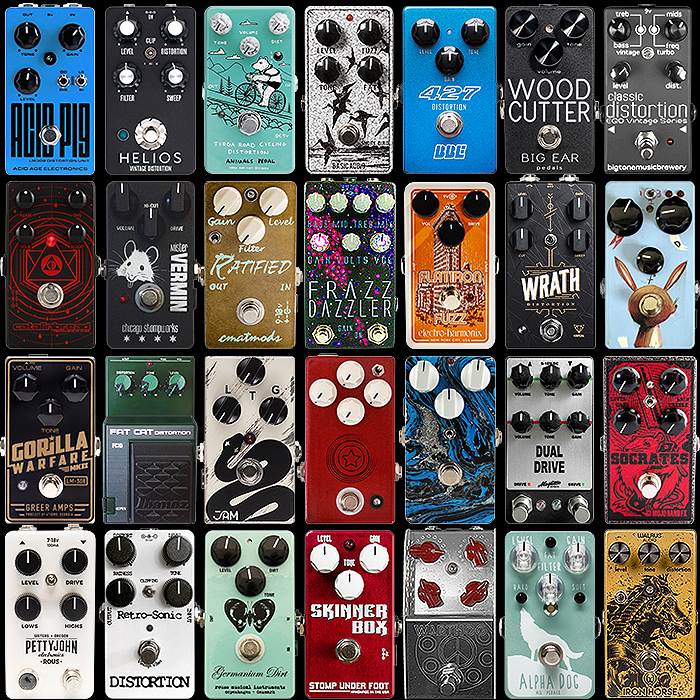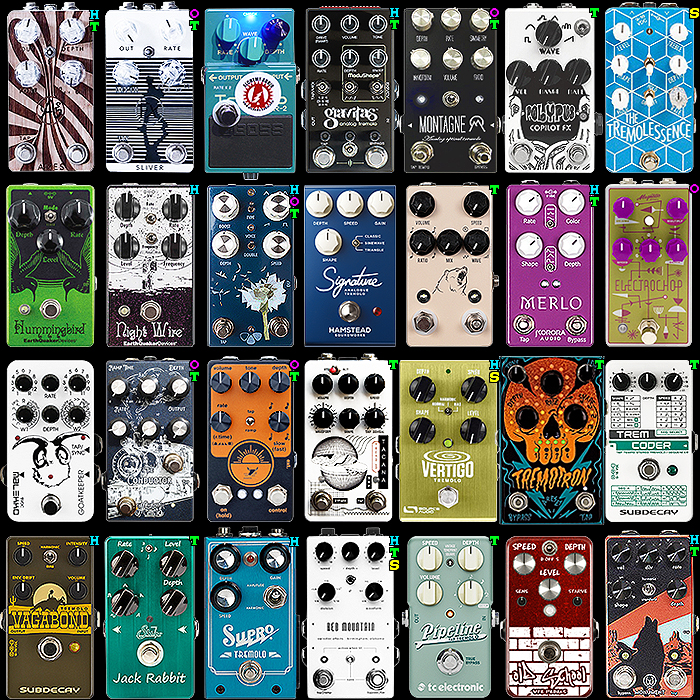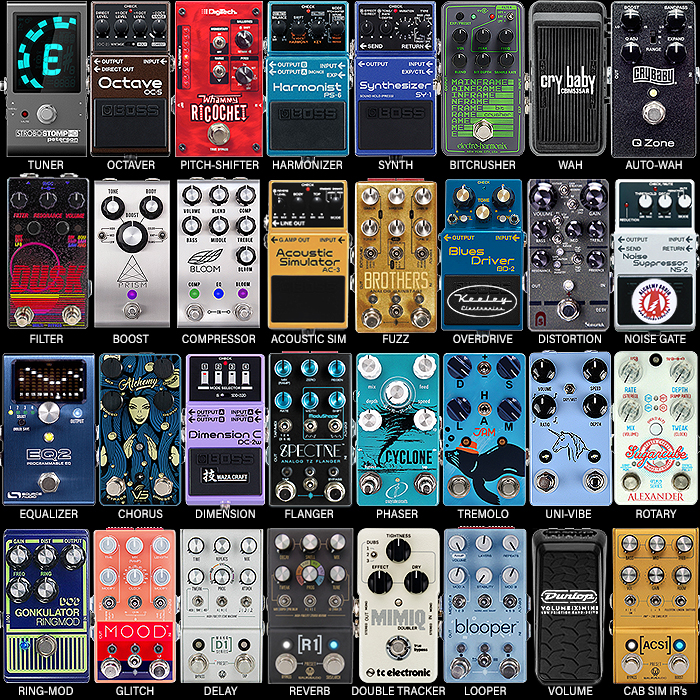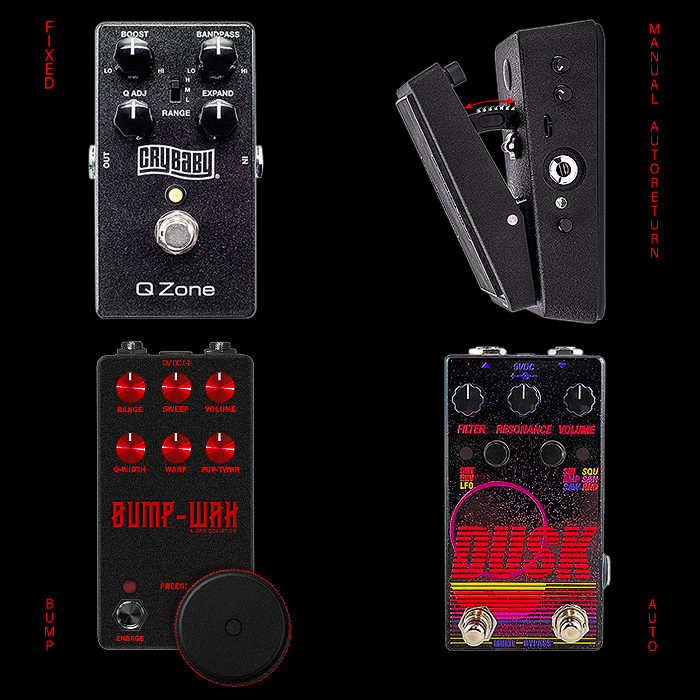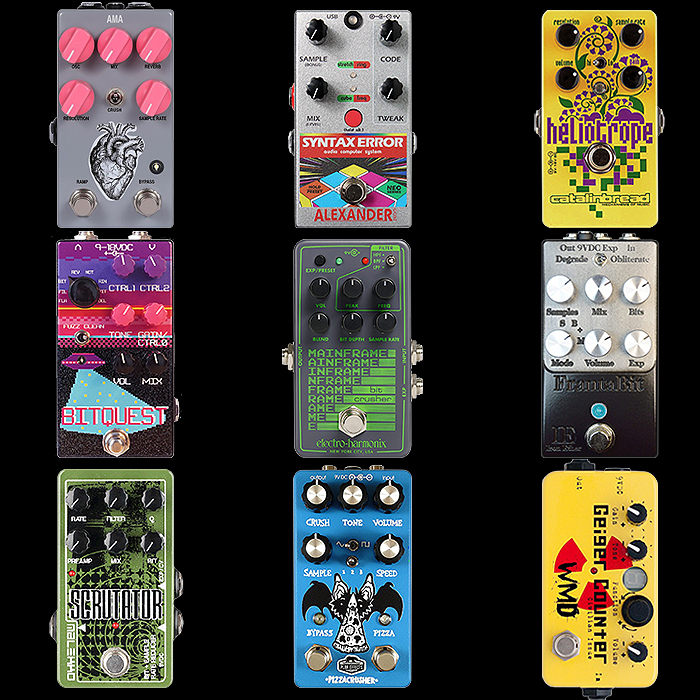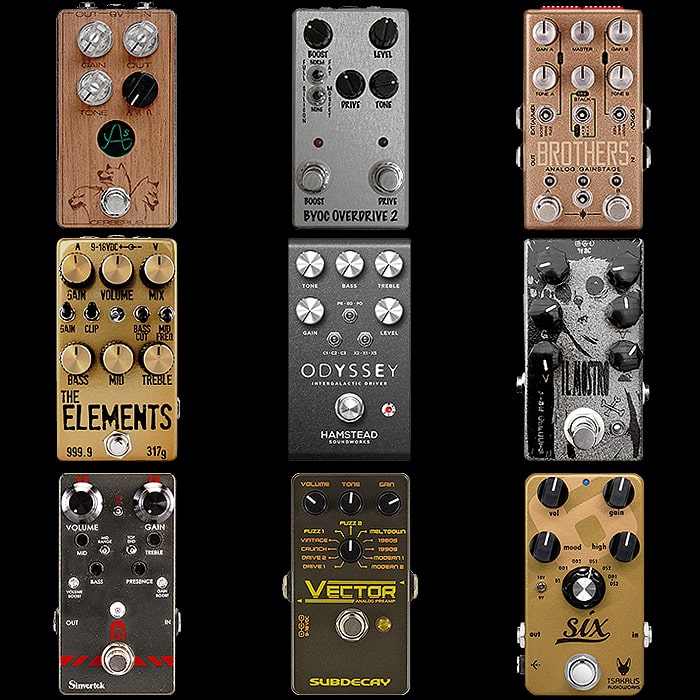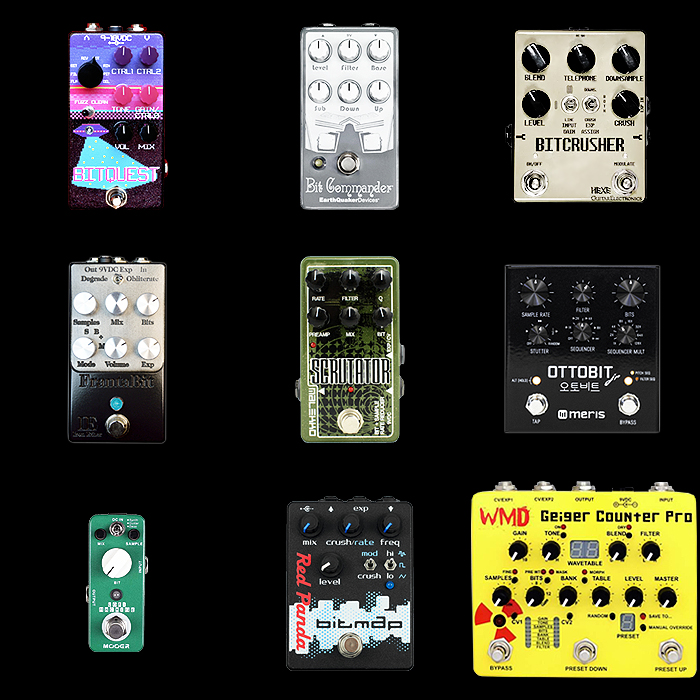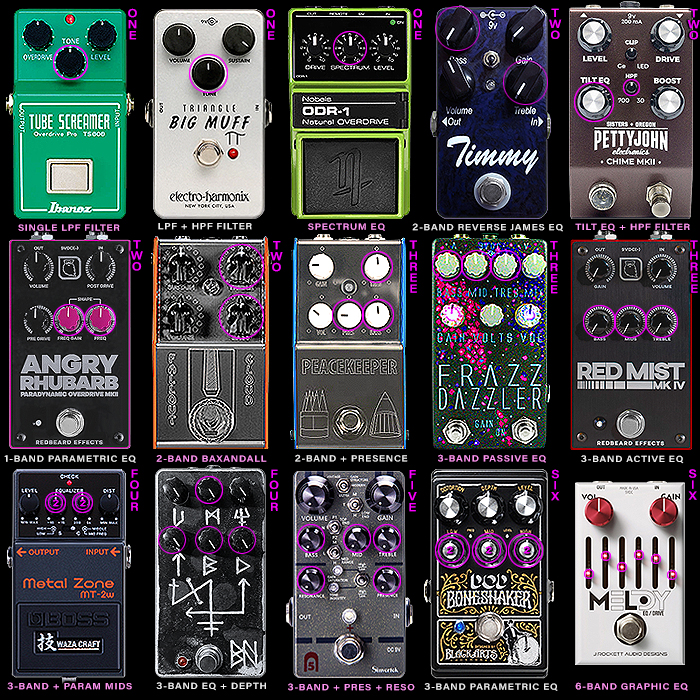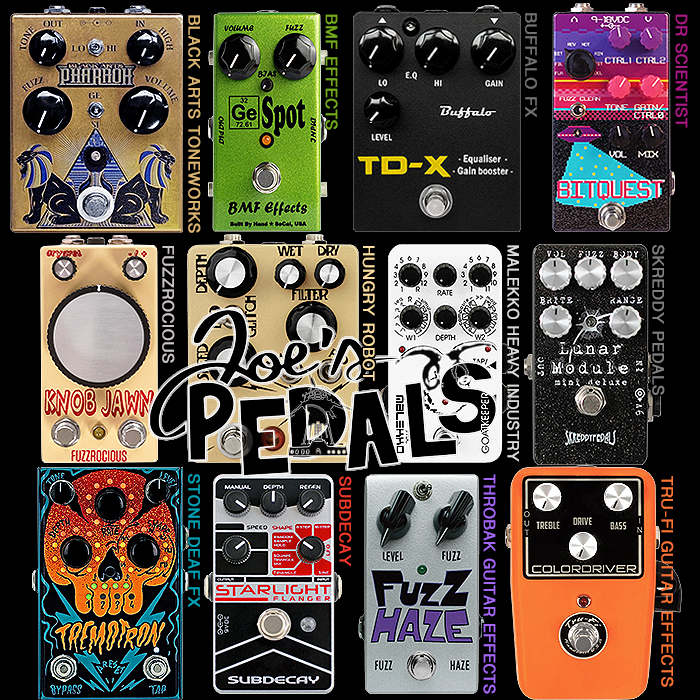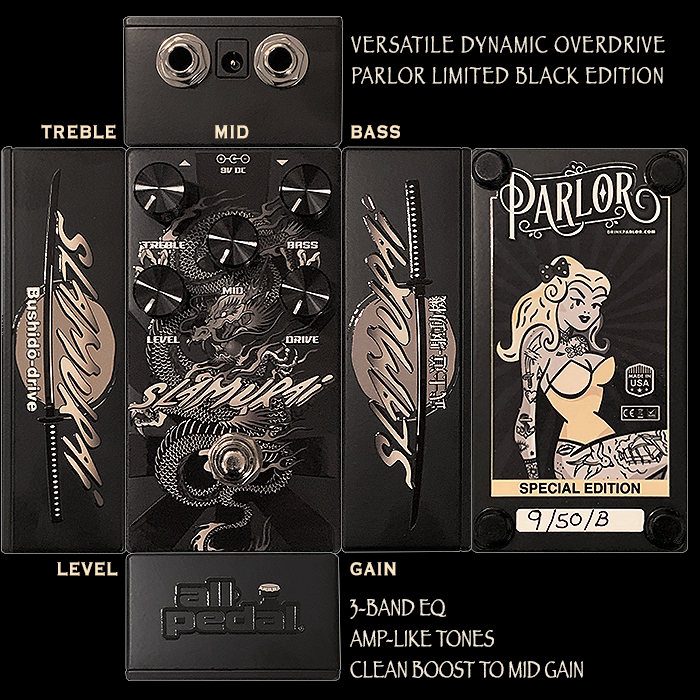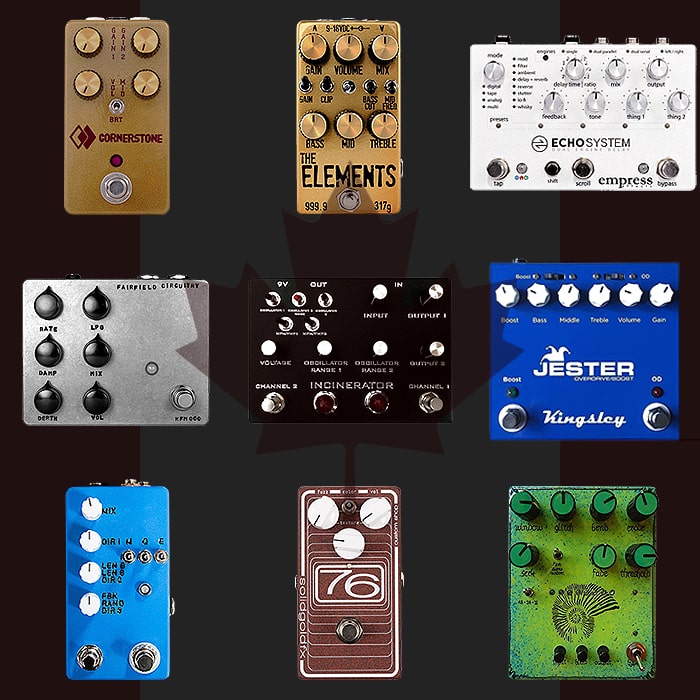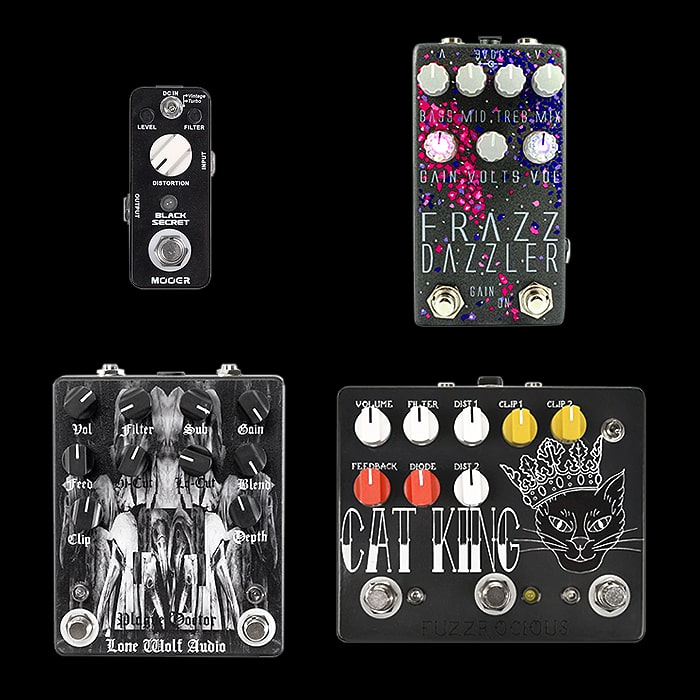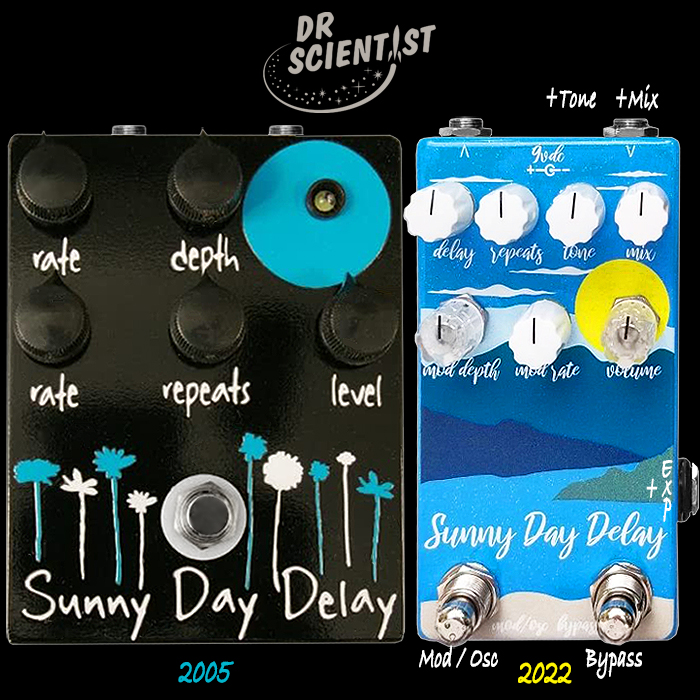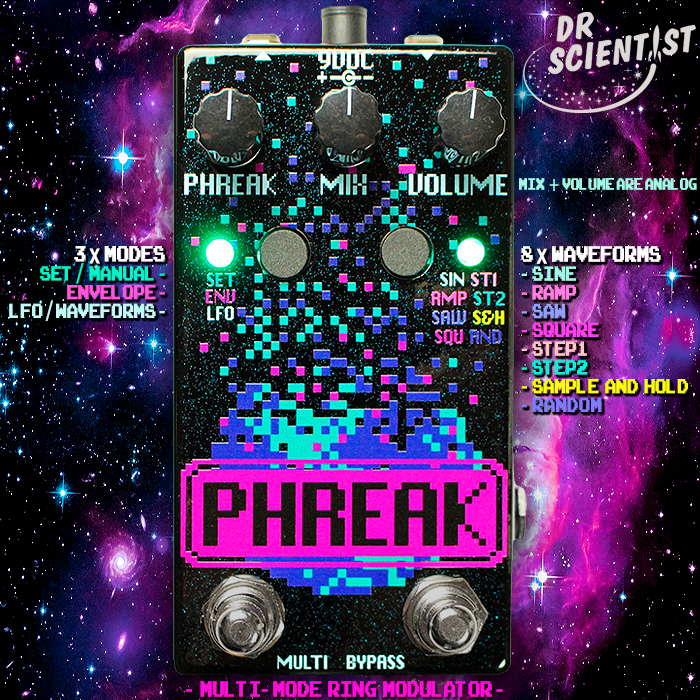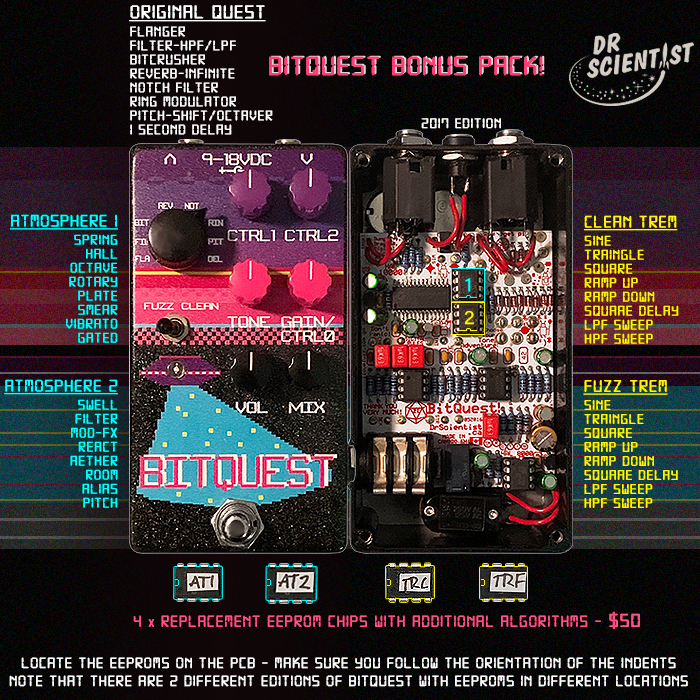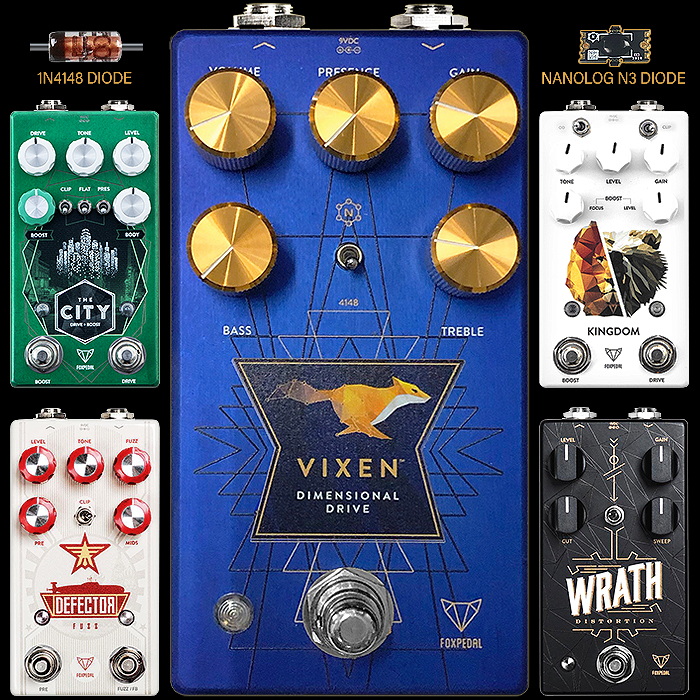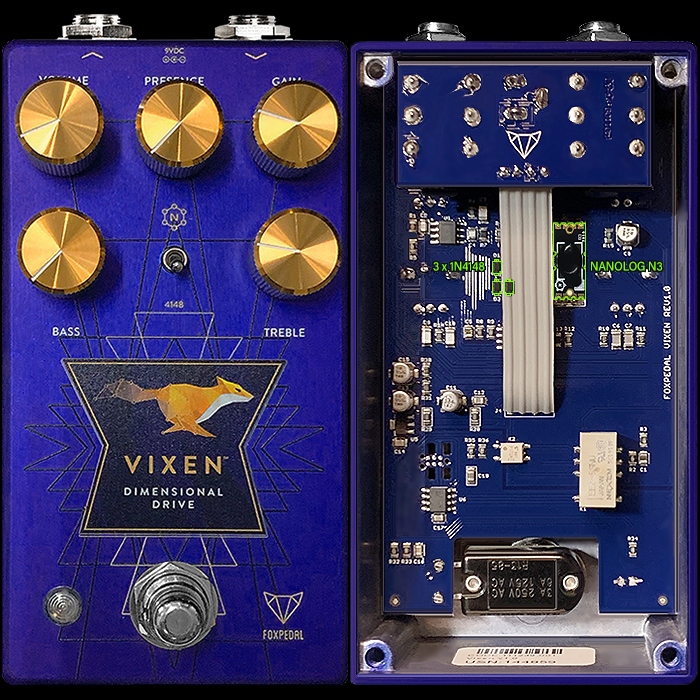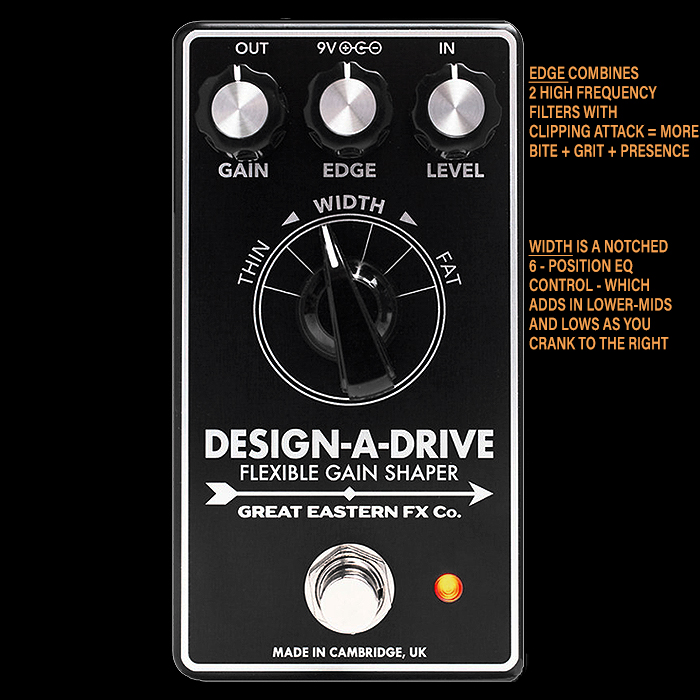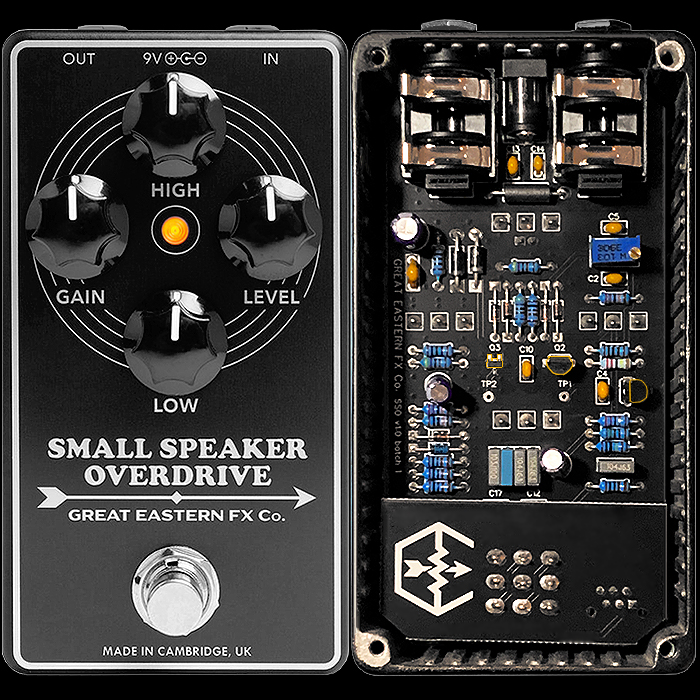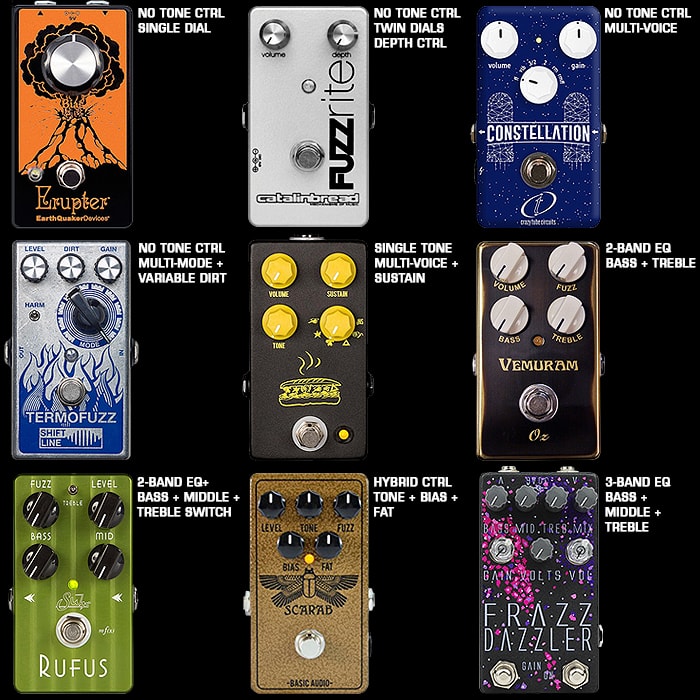Dr Scientist's The Heisenberg 3 Gain Stage Molecular Overdrive Pioneered the use of Molecular Junction Diodes
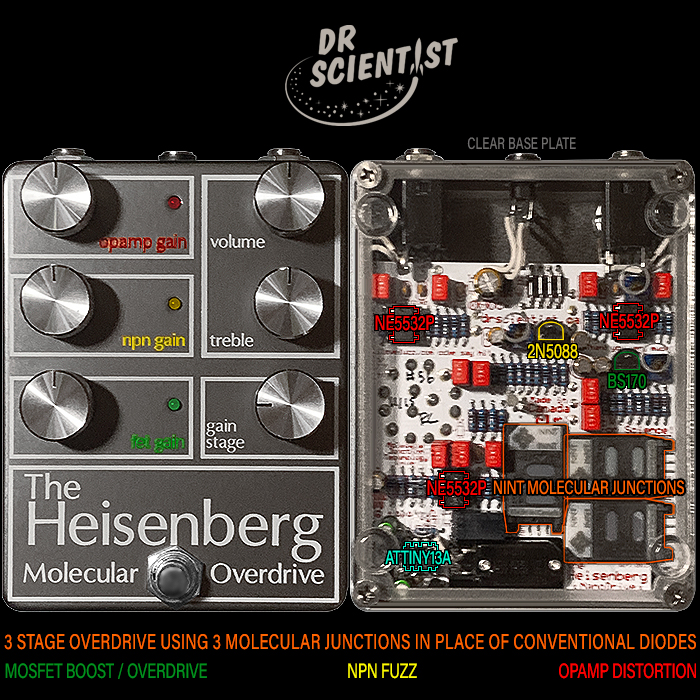
I’ve noted before that the Musical Devices Sector has relatively few dedicated electronic components that were specifically developed for that genre. There’s really only a handful of dedicated devices that were directly created for use in effects pedals and musical devices - these include the Princeton PT2399 and Spin FV-1 Chips, Korg’s NuTubes, and NINT / Nanolog Audio Devices / Quantum Tunnelling / Molecular Junction Diodes.
Back in 2015 Dr Scientist’s Ryan Clarke collaborated with the NINT Laboratory at the University of Alberta in Edmonton. To make use of their Quantum Tunnelling / Molecular Junction technology - microscopically thin active carbon filaments which could be used to filter and break-up electrical signals in a somewhat similar way to conventional Germanium and Silicon Diodes.
Obviously a totally different technology where initially only one type existed - and had to be housed in a SIM Card shell in order to be incorporated into a conventional circuit - as we see on the Heisenberg. Back then this was just a single sort of experimental device - while it since then has evolved into the Nanaolog Audio Inc Company which has three different varieties on offer and some of its own pedals even - each carbon device being progressively thicker - Nanaolog N1, N2 and N3 (4mm, 6mm and 8mm) which each have different output characteristics. My Foxpedal Vixen contains a Nanolog N3 diode which delivers a somewhat thicker and more textured character than the earliest examples used in the Heisenberg Molecular Overdrive.
The Heisenberg uses 3 well-known gain stage topologies - FET / MOSFET (Boost/Overdrive), NPN (Fuzz), and OpAmp (Distortion) - each then combined with an early NINT Laboratory Molecular Junction Diode - as would later become the Nanalog Audio Devices.
You’re immediately aware that this technology generates quite a differently textured output profile - which is distinctly smoother and more glassy - some describe it as a little Hi-Fi even because of its native clarity. The early Molecular Junctions are much cleaner breakup devices than later evolutions and you don’t get the harmonic richness and complex artefacts of the more conventional diodes.
The core tonality and texture is largely as expected for the 3 topologies - and the dynamics, feel and output all render very slightly differently to what is conventional. It’s a little like a trumpet with a harmon mute in some ways - which renders a smoother and more rounded output.
The NINT Molecular Junctions render a much cleaner and more even tonality, while not without touch-sensitivity or dynamics - they really do sound quite distinctive in their earliest format. My N3 Nanolog Device in the Foxpedal Vixen by contrast sounds much thicker, richer and more harmonic.
As you progress up the Heisenberg’s Gain Stages you get progressively more range of gain - while my favourite Heisenberg breakup texture really is the NPN / Fuzz variety. A BS170 transistor is responsible for the FET output, a 2N5088 transistor for the NPN, and the right-hand NE5532P chip for the OpAmp stage. The other two NE5532P are used for controlling the Treble, Input and Output. While there is also an ATTiny13A microcontroller used for switching I believe.
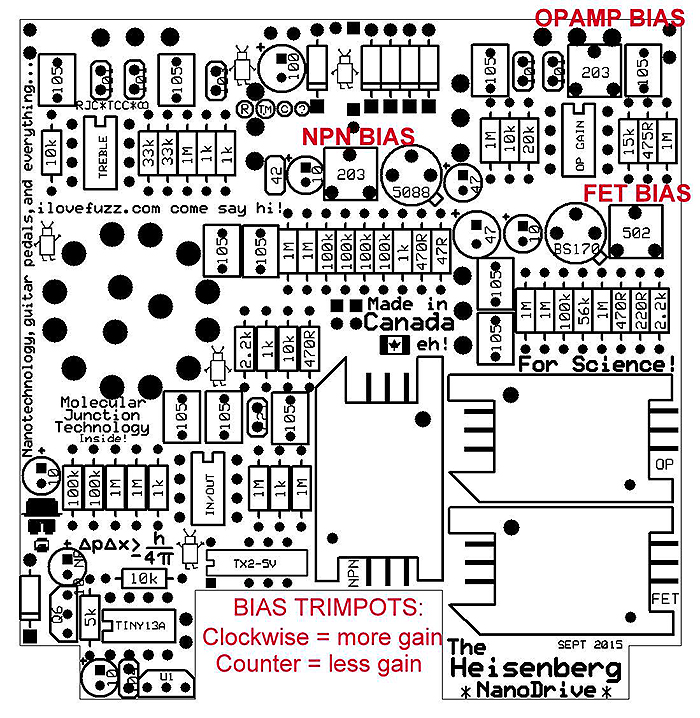
For me this is a fantastic and fascinating reference piece to have in the collection. I've long wanted one of these and thanks to reader / friend David G who helped made this happen in such an eminently reasonable manner.
I think a certain type of player would find much to love here - for sure if they are going for those smoother and glassier tones. For most though I would imagine this rather as an interesting footnote in the development of effects pedals and musical devices. To my ears the N3 Nanolog of the Foxpedal Vixen is quite a bit more satisfactory than the earliest varieties - but then I do like that richer harmonic texture.
I do still really like the Heisenberg Overdrive - while for my preferences it is somewhat filed under specialist use. I have a number of MOSFET, NPN and OpAmp devices whose output is more versatile.
This also really ideally needs a second footswitch to step through the different Gain Stages, and possibly dedicated tone controls for each too - as I found I needed to fine-tune the Tone for each Stage. The MOSFET can be quite subtle really - so I tend to max the Gain on that, while optimal for me is to have the NPN and OpAmp at around 2 o'c. Ideal starting positions for Volume and Tone are around Noon.
So it's an interesting device for sure, and a definite marker in the development of gain stage effects. While its use is likely to be something of an acquired taste.
These were priced around $399 when new, I'm not sure how many were made, while I feel there may only be 100 or so units out there. This type of Device has not really taken off over the years - as there are still very few effects pedals out there using this technology - really just a handful. Certainly worth investigating though for interested parties.
Have any of you owned or played a Heisenberg? What are your thoughts and insights on the device - do they match up to my impressions?
Demo



















